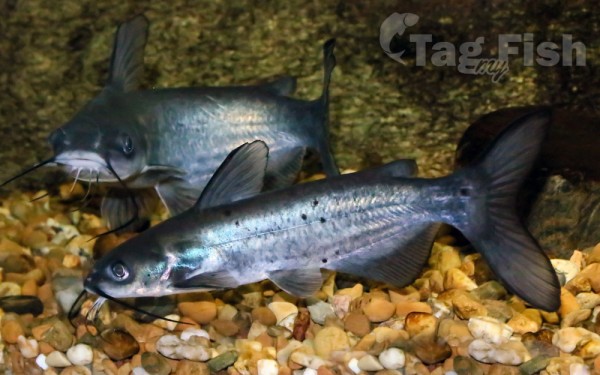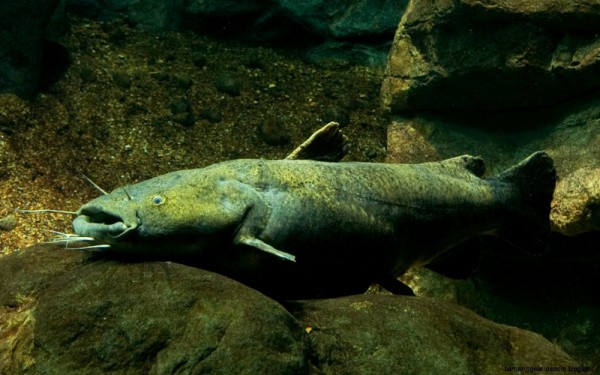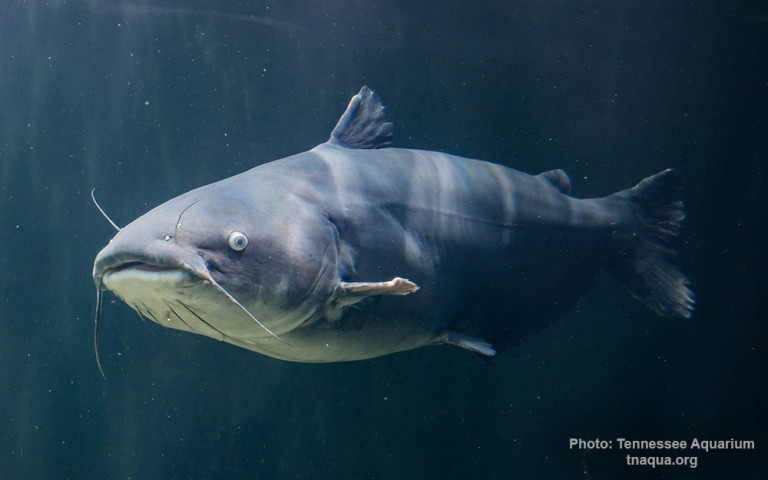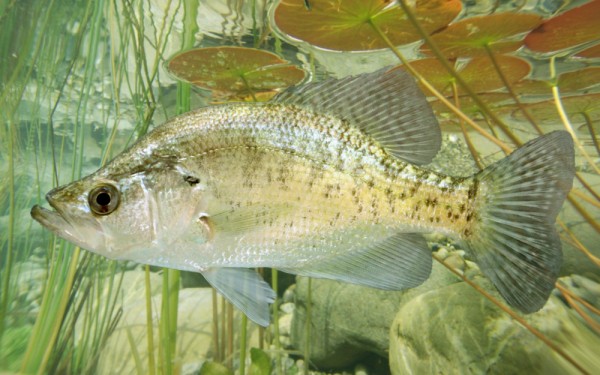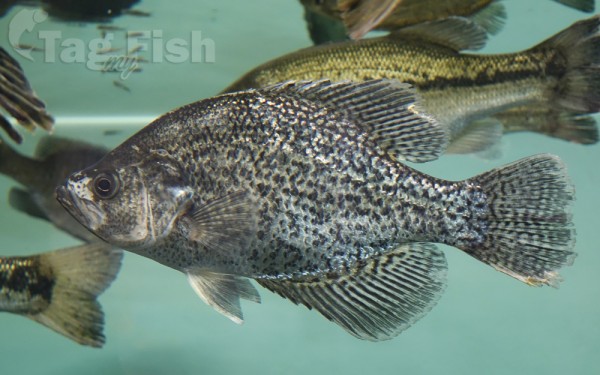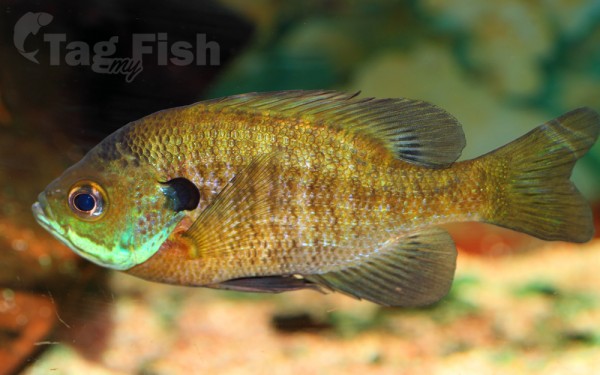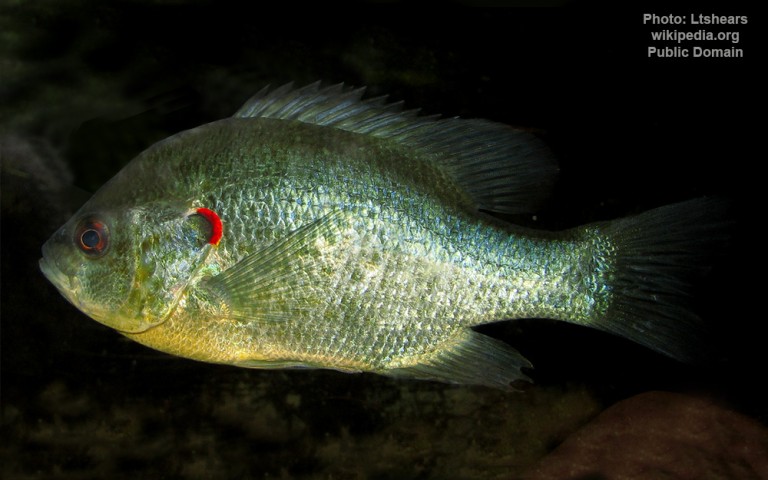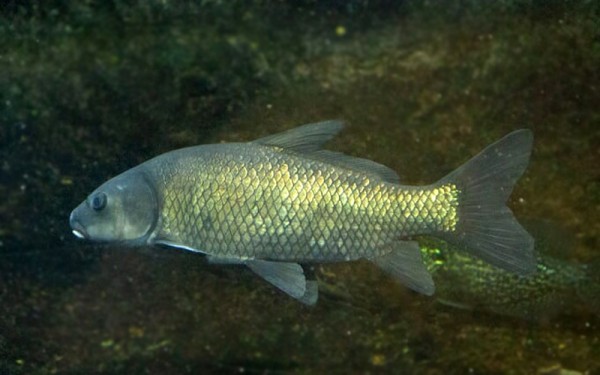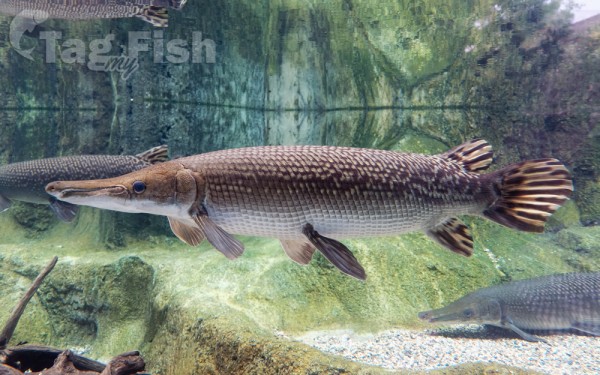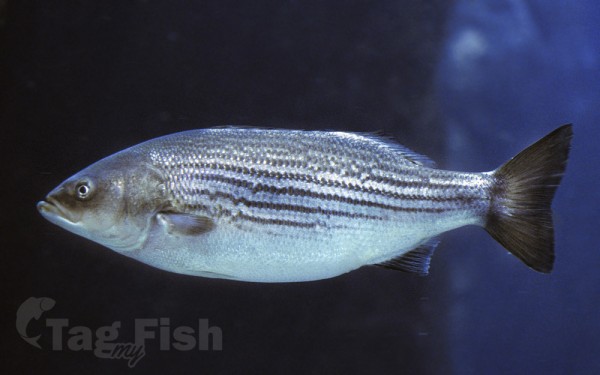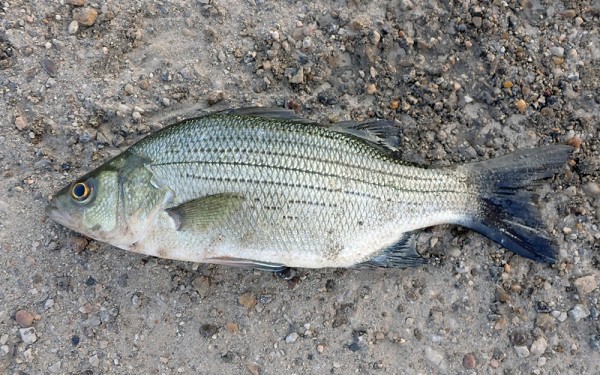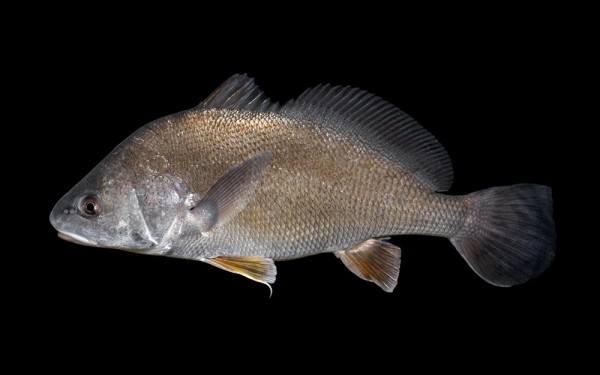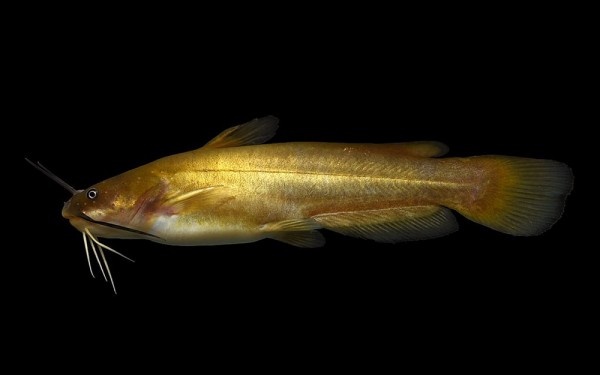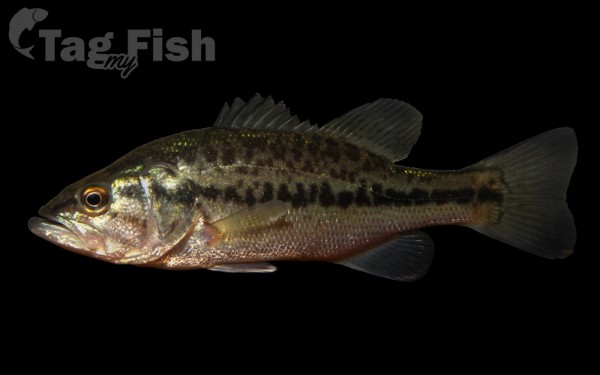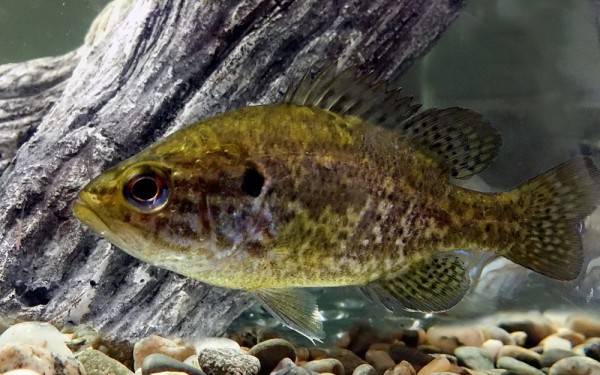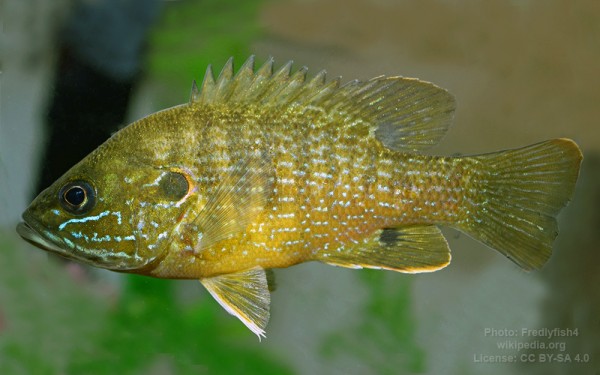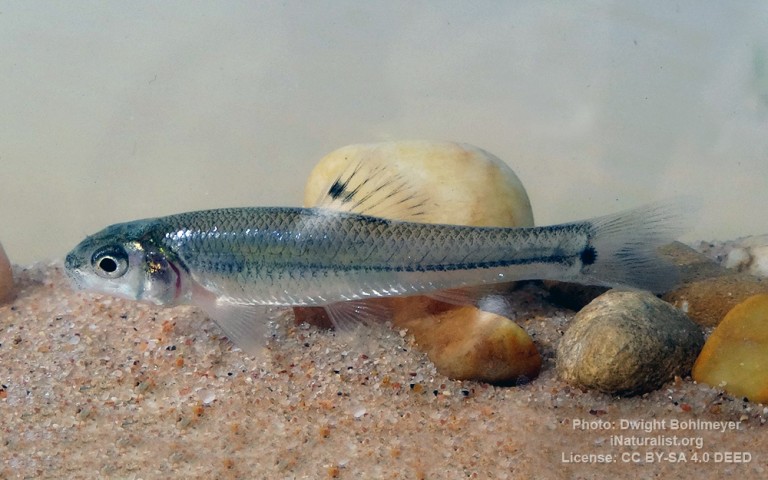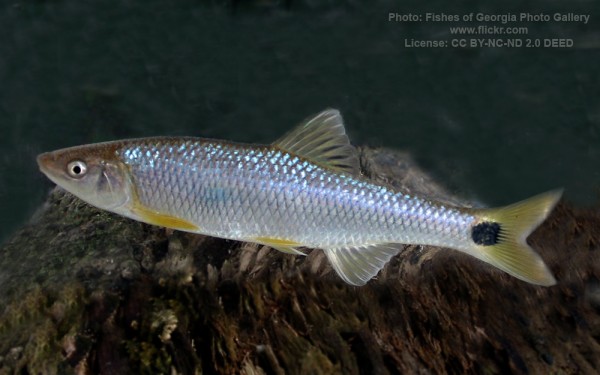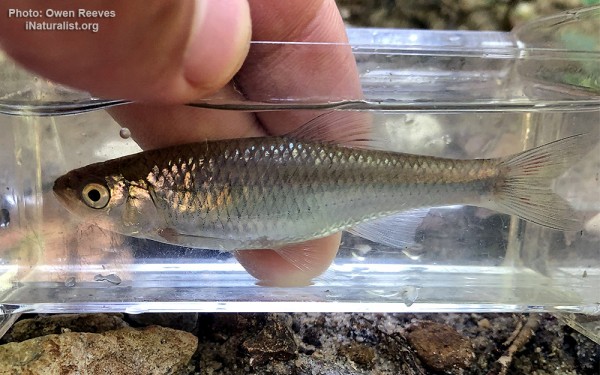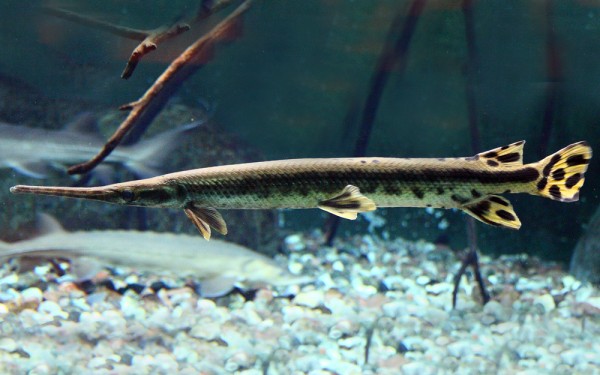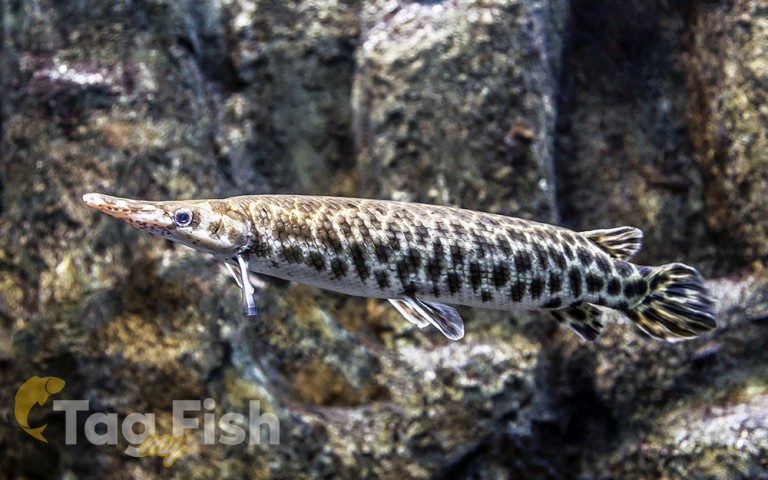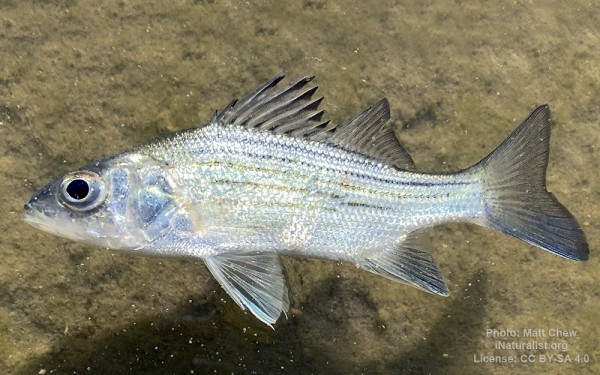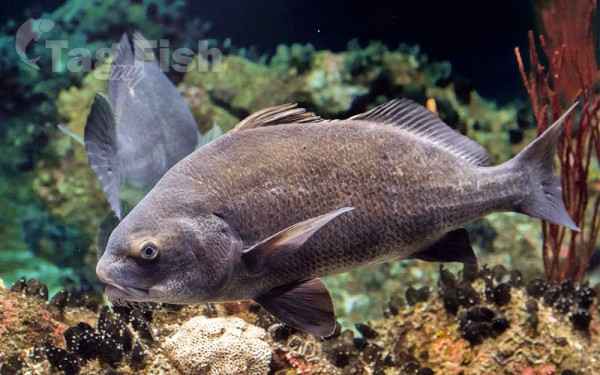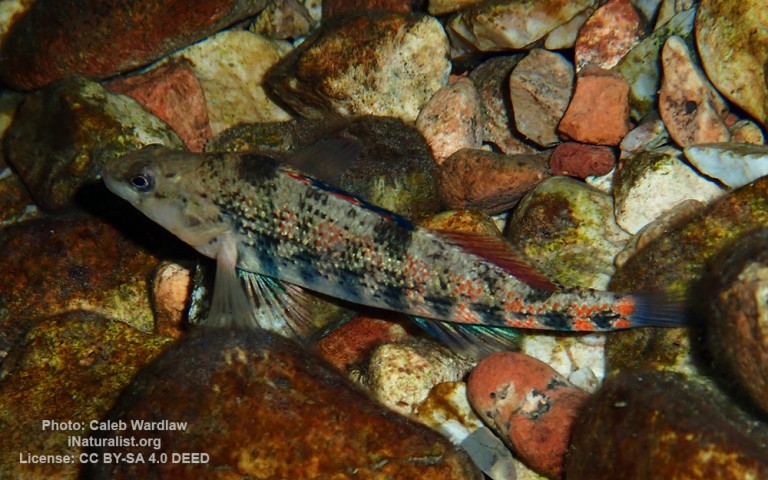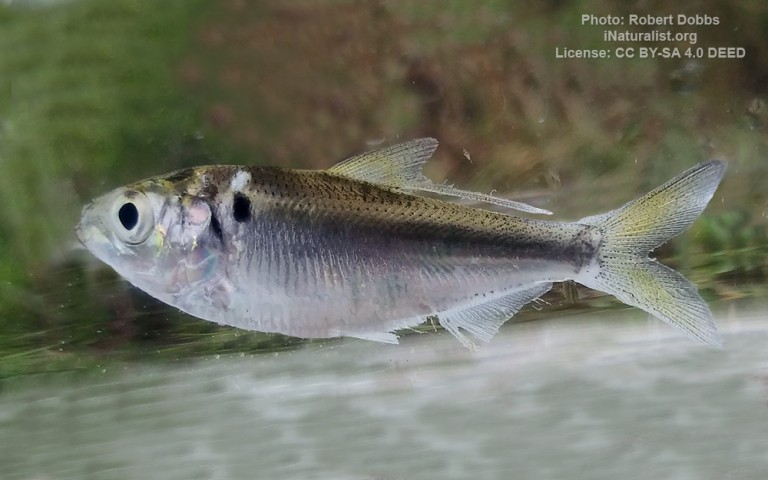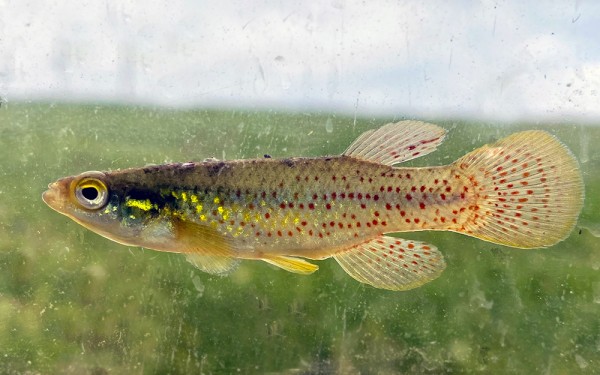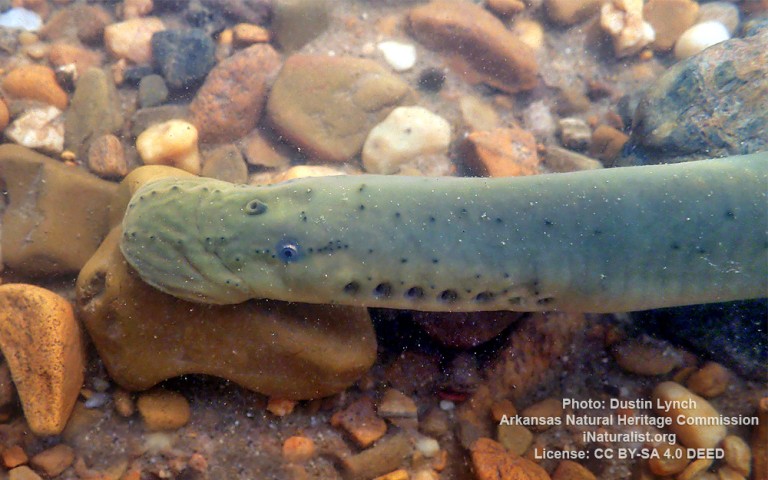Cedar Creek Reservoir (Texas)
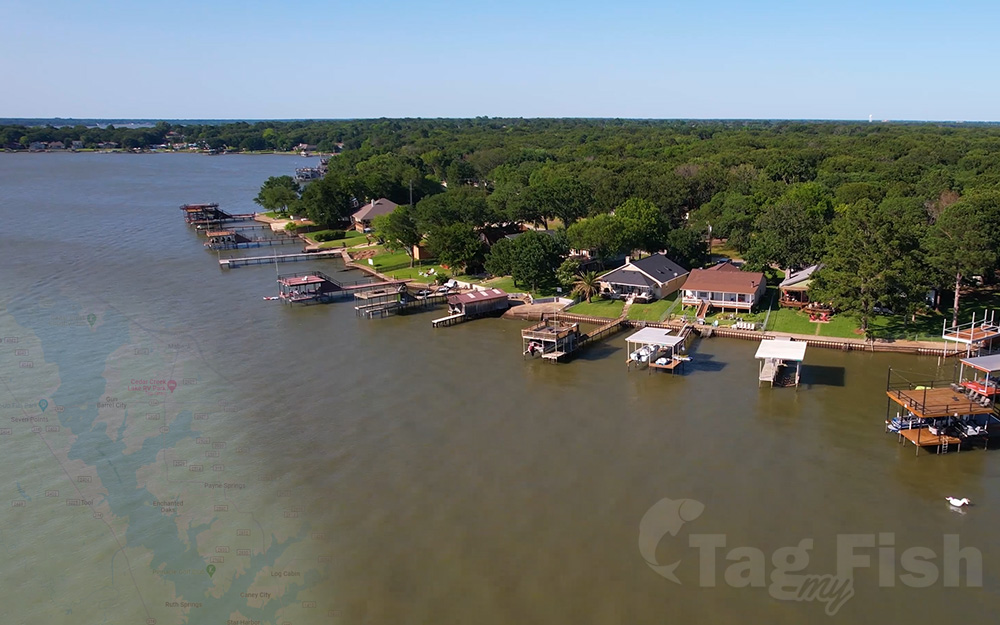
Siluriformes - Catfishes
Centrarchiformes - Basses and sunfishes
Cypriniformes - Carps
Lepisosteiformes - Gars
Moroniformes - Temperate basses
Acanthuriformes - Surgeonfishes
Siluriformes - Catfishes
Centrarchiformes - Basses and sunfishes
Cypriniformes - Carps
Lepisosteiformes - Gars
Moroniformes - Temperate basses
Acanthuriformes - Surgeonfishes
Perciformes - Perches
Clupeiformes - Herrings
Cyprinodontiformes - Toothcarps
Petromyzontiformes - Lampreys
Siluriformes - Catfishes
Centrarchiformes - Basses and sunfishes
Cypriniformes - Carps
Lepisosteiformes - Gars
Moroniformes - Temperate basses
Acanthuriformes - Surgeonfishes
Perciformes - Perches
Clupeiformes - Herrings
Cyprinodontiformes - Toothcarps
Petromyzontiformes - Lampreys
Cedar Creek Reservoir is a reservoir located in Henderson and Kaufman Counties, Texas (USA), 50 miles (80 km) southeast of Dallas.
It is built on Cedar Creek, which flows into the Trinity River.
Floodwaters are discharged through a gated spillway into a discharge channel that connects to the Trinity River.
The lake has a drainage area over 1,000 square miles (2,600 km2). The Texas Parks and Wildlife Department maintains three islands, totalling 160 acres (65 ha), as a wildlife management area for aquatic birds. The lake is owned by the Tarrant Regional Water District, and supplies water to Fort Worth and other cities and water districts in Tarrant and Johnson Counties. Construction on the lake began in 1961, and was completed in 1965.
Fish species
The predominant fish species of Cedar Creek Lake are blue catfish, channel catfish, flathead catfish, largemouth bass, white bass, hybrid striped bass, and crappie.
The best fishing areas for largemouth bass are in the southern portion of the lake, where the water is clearer, especially the southern third of the lake in the large coves and inlets on Texas rig worms and top waters.
Docks are a main place to catch the large bass. Always use Texas rigged worms, frogs, buzzbaits, and crankbaits. Jigs are a huge plus at the docks. Grass beds can also be found in the southern end producing plenty of largemouth bass. spinner baits and worms.
The lake’s record largemouth bass weighed 14.65 pounds (6.65 kg).
Catfish can be found everywhere, with more blues than channels. Fishing is particularly good in the spring and into summer. Due to the many smaller streams, creeks, and run-offs flowing into the lake, running jug lines in the channels of the many coves using goldfish, shad, and small sunfish makes for very good blue catfish and flathead (yellow) catfish fishing grounds.
